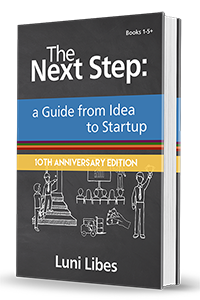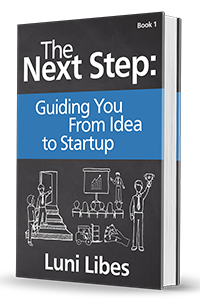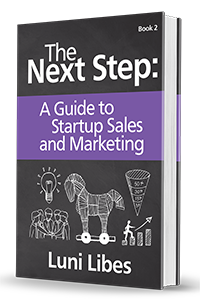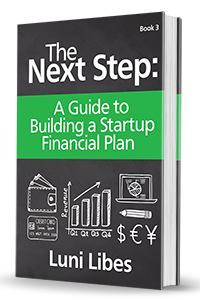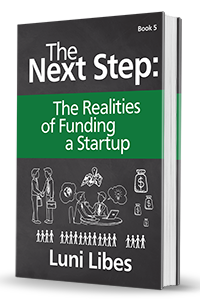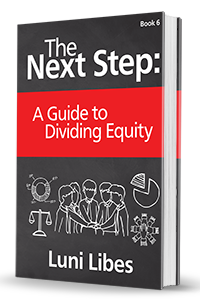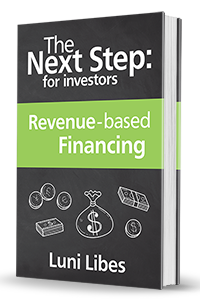A value that oddly has little to do with value…
How do you determine the price per share? Or the percentage of shares you sell to investors? These are flip sides of the same question, a term that is most often called the “valuation” of your startup.
If you turn to the lessons from the business schools, you will get a series of answers, with complicated formulas using the time-value of money, discounted cash flow models, etc. These are useful for determining the value of established profitable companies but not very useful for valuating startups.
The reality of startup funding is that it is the business model and interests of the investors that drive the valuation of startups, far more than the fundamentals or market or much of anything else measurable about any particular startup. And thus the real question is not, “What is your company worth?” but rather, “What price and terms should I choose to make investing in your company worthwhile to investors?”
Pre-money and Post-money valuations
To explain the realities around valuation, we need to define some terminology.
The “pre-money” valuation is the value of the company before the investors invest, and the “post-money” valuation is the value of the company inclusive of the investment.
The post-money valuation is simply the pre-money valuation plus the cash from the investment. For example, if a company has a $2 million pre-money valuation and raises $1 million, the post-money valuation is $3 million.
When talking about investments and ownership percentages, it is customary to talk about post-money valuations. For example, in the above instance, the investor is buying one third of the company (33.3%). From the entrepreneur’s point of view, one third of the company is being sold to investors, leaving two-thirds (66.7%) in the hands of the founders, employees, and any earlier investors.
Investors use a shorthand for explaining valuation, which most often sounds like: “$X with a pre-money of $Y.” It is expected that investors then compute the post-money ($X + $Y) and percentage ownership from the $X investment ($X divided by $X + $Y).
For example, “$3 million with a pre-money of $5 million” or “$3 million on five” or just “three on five.” These are all the same and translate to $3 million of funding with a pre-money valuation of $5 million, and thus a post-money valuation of $8 million. The investors are talking about buying 37.5% of the company (three-eighths) for $3 million.
Example valuations
Turning back to why it is the investment model that drives valuation, this is best explained by jumping back to Chapter 12, the proverbial 10x. From that chapter, you should remember that investors need to aim for a return ten times their investment.
For example, suppose an investor invests $1 million in Startup A, receiving only five percent ownership. If $1 million buys five percent ownership of the company, then the post-money valuation is $20 million ($1M / 5%). For Startup A to return 10x to the investor, the value of the company has to grow 10x, to $200 million. We do read about exits of this magnitude in the news, but those are newsworthy, as fewer than five percent of all startup ever reach more than $100 million in value.
Suppose instead an investor invests $1 million in Startup B in exchange for 33.3% ownership. The post-money valuation is then just $3 million ($1M / 33.3%), and a 10x is achieved at $30 million. That is still quite a good exit, but one within reach of many high-growth startups.
Double the investment to $2 million while keeping the percentage ownerships unchanged, and the sizes of the required exits double to $400 million and $60 million. Invest half as much, $500,000, for the same percentage ownership, and the required exits drop by half.
The reality is that investors are taking a big risk investing in any startup, with the most likely return on any one investment being a total loss. To lessen this risk, the investors need to maximize their percentage of ownership in the companies. The bigger the ownership by investors, the lower the ultimate valuation the company needs to achieve when it is acquired in order for the investors to make their money’s worth.
The Founders
Taken to its logical extreme, investors should ask for 99% ownership. Back to the above example, an investor in Startup Z investing $1 million for 99% ownership will make 10x if the company exits for just $10 million, just one-third the acquisition price of Startup B and one-tenth of Startup A. However, that extreme forgets about the founders.
The founders need to be motivated to grow the company. This is normally achieved by leaving a large percentage of ownership in their hands (plus, in high-growth startups, giving some ownership to each and every employee, too).
Back in the first few years after the dot-com crash, when investors finally started investing again in new companies, it was not uncommon for the first round of investors to ask for (and often get) fifty-percent ownership of the company. Such a deal was offered to one of my startups by one of the big-name VC funds.
Here’s proof that the valuation of your company is based on the investor’s business, not yours or, in this case, mine. The first offer was “1 on 1,” i.e., $1 million with a pre-money of $1 million. More specifically, a $1 million of investment with a $2 million post-money valuation, or fifty-percent ownership of the company. When my co-founder and I turned that down (as you would have, too), the counteroffer was “2 on 2,” i.e., $2 million with a pre-money of $2 million, or now $2 million for the same fifty-percent ownership of the same company. We turned down that offer, too. The conversation continued all the way up to “4 on 4.” And to be clear, this was one conversation in one sitting all talking about the same startup. The level of funding drove the valuation, not the business plan, and the percentage ownership was fixed at fifty percent. The VC knew that asking for anything more than half was fruitless and thought that, if he offered enough money, we’d give up half our company before it ever got started.
Market Price
As the market for funding returned to normal over the next few years, the typical percentages asked by VCs dropped back down to thirty-five to forty percent. In that old startup, we ultimately turned down the fifty-fifty deal, raised some money as a convertible note, and, less than a year later, closed our first round of equity, selling about forty percent to the investors, leaving sixty percent for the founders and our employees, and, in the process, raising far more than $4 million.
Investing in startups is a market. Investors compete for deals, and entrepreneurs compete to find funding. Like any market, the price moves up and down. For investing, that price is embodied in the valuation of startups or its flip side, the percentage of ownership expected by investors.
Hot Sectors & Teams
Like the public stock market, in addition to the overall market trends, there are differences in market prices for different sectors. At any one time, some sectors are considered “hot” or trendy.
In the 1990s, online companies were all the rage, especially e-commerce. The valuation of companies planning on delivering pet food ordered online was higher than that for public companies manufacturing that very pet food. Fast forward to the early 2000s. The multitudes of companies pitching social networking saw crazy valuations. Enter the 2010s, and what’s hot are mobile apps.
Similarly, valuations vary depending on the quality of the team. Startups with a celebrity co-founder tend to have far higher valuations. Startups founded by successful serial entrepreneurs receive valuations multiple times higher than those of first-time entrepreneurs.
Other Realities
Beyond simply maximizing their percentage ownership, investors also look at the opportunity size to ensure it is big enough to reach the necessary exit. Plus, they look at acquisitions by similar companies, to understand the scale of growth required for that exit.
Those factors determine whether the deal is fundable, but ultimately it is the 10x requirement that drives the valuation of startup investments.



